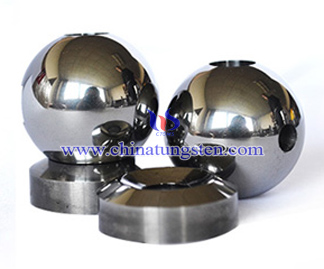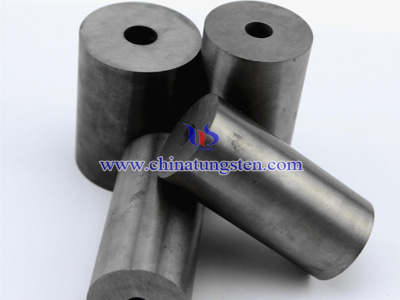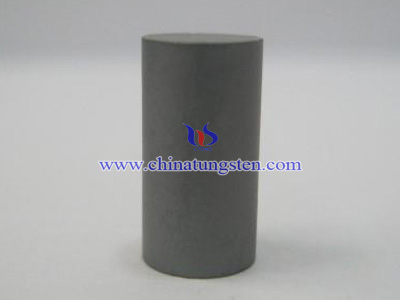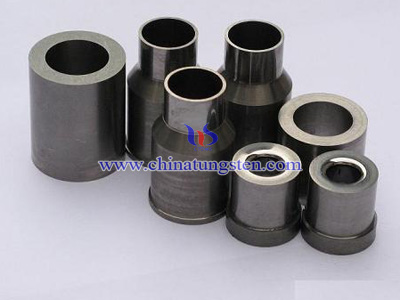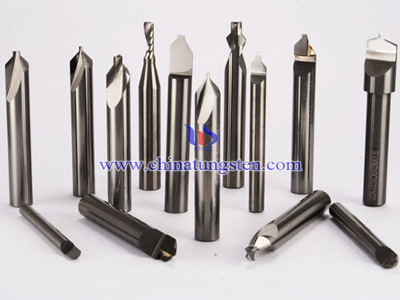tungsten carbide valve ball
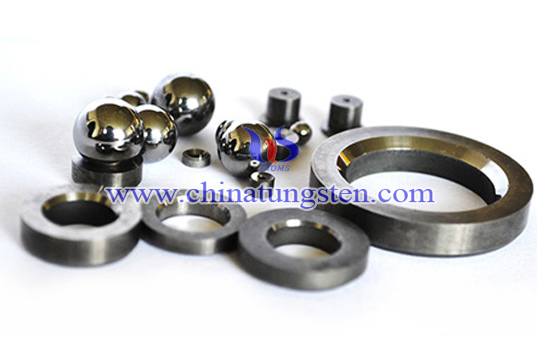
Acting valve ball, valve seat to control the oil flow is one-way flow, is in a very bad working conditions, the working medium for multi-component gas, water, oil, sand, wax, resin and asphalt is a randomly varying, non-uniform three-phase medium. While pumping the liquid to a certain speed to carry some mechanical impurities at high speed flows violently scouring the ball, seat and cover, while the ball and seat, has produced hit between the hood, a large quantity of oil in the sand cause ball and seat sealing surface between the damage more rapidly, the damage is a mechanical wear.
Ball valve working environment requires its resistance to erosion, abrasion, corrosion resistance, and new materials. Tungsten carbide as the main raw material for cemented tungsten carbide drill for metal-made ball pump can better adapt to the working conditions, which is due to the hard ball with high wear characteristics, its wear resistance than The best high-speed steel 15 to 20 times higher. Therefore, tungsten carbide valve ball of life than ordinary steel ball valve can be increased several times. Obviously, for the harsh conditions of pump, manufactured with tungsten carbide valve ball is an ideal material.
Valve ball wear resistant surface is the basic requirements must have a high hardness (surface hardness should exceed the hardness of the abrasive), while also having good resistance to oxidation at the operating temperature capabilities, control or effective way to minimize wear is to improve the hardness and wear resistance. Tungsten carbide valve ball wear in abrasive wear, erosion and abrasion, etc. than tool steel, stainless steel, iron and brass high 100 times, rigid than steel high 2 to 3 times higher than cast iron and Brass 3 to 4 times higher, and the impact resistance of hardened tool steel similar. Meanwhile, the high strength tungsten carbide valve ball valve, surface finish and to be high, when paired with other materials, low coefficient of friction than steel, can significantly reduce the contact surface friction, reduce operating torque.

